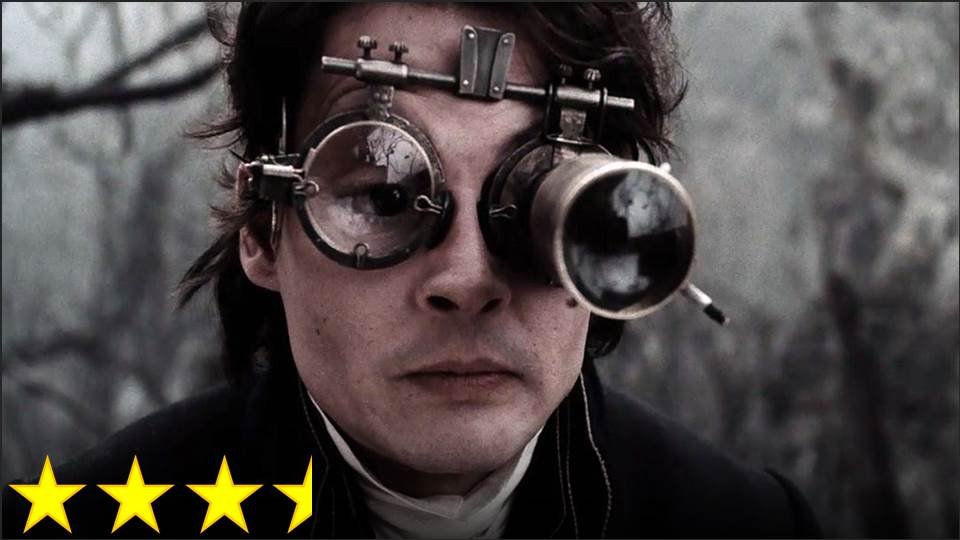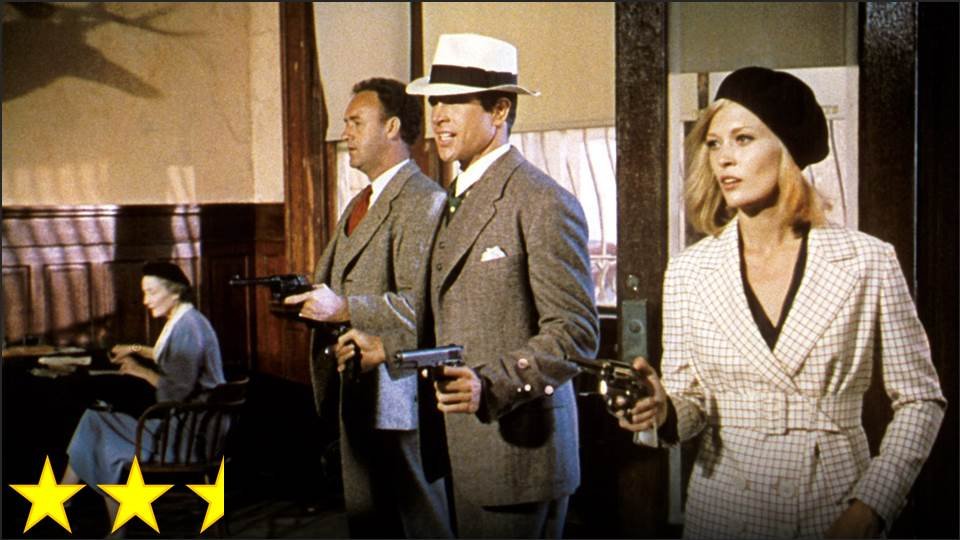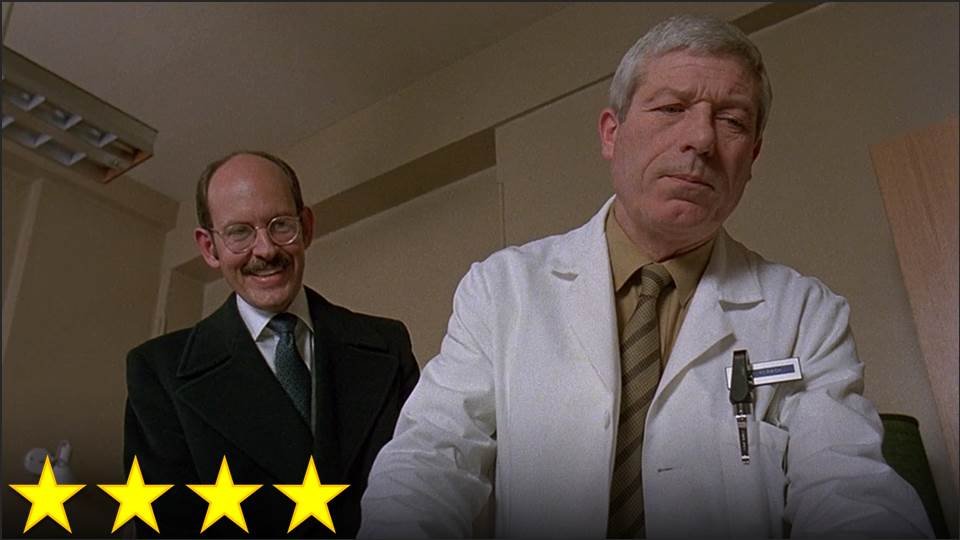It’s always a pleasure to see a spooky movie that doesn’t rely too much on jump scares, instead reveling in a charmingly eerie aesthetic with creepy visuals. In fact, it’s even a pleasure to find a film that’s not just trying to be a horror movie, but is specifically trying to be a Halloween movie. It’s a special pleasure to watch a Halloween movie that’s not just throwing clownish, irritating exaggerations of Halloween character types at me the whole time. This is the kind of pleasure I have come to expect from few directors but Tim Burton, who brings his knack for nightmarish aesthetics to the Washington Irving tale “The Legend of Sleepy Hollow.”
Now, to be clear, this is not Burton at his best – by this point in his career we’ve already entered the phase in which he’s making everything bland and gray – but it’s still a fun watch. Johnny Depp is as over-the-top as one would hope, without being annoying, and the rest of the cast is largely comprised of some of my favorite British actors. The only problem here is that this great cast is working on great sets with a great director to bring to life a not-so-great screenplay. It’s a predictable story with the usual bashing of “men of reason” for having too much certainty. Yes, that’s right – the people who believe 100% in a headless horseman of all things accuse the sensible detective of having too much faith, all because he’s pretty sure he ought to be looking for a real, living murderer rather than an undead legend. Now, I’ve seen this foolishness in enough Hollywood films that, for a silly fantasy story, I can almost let it go, so I can still mostly enjoy the movie. The story may be weak and a little slow, but it’s still something I can see myself putting on the big TV every few Octobers.




